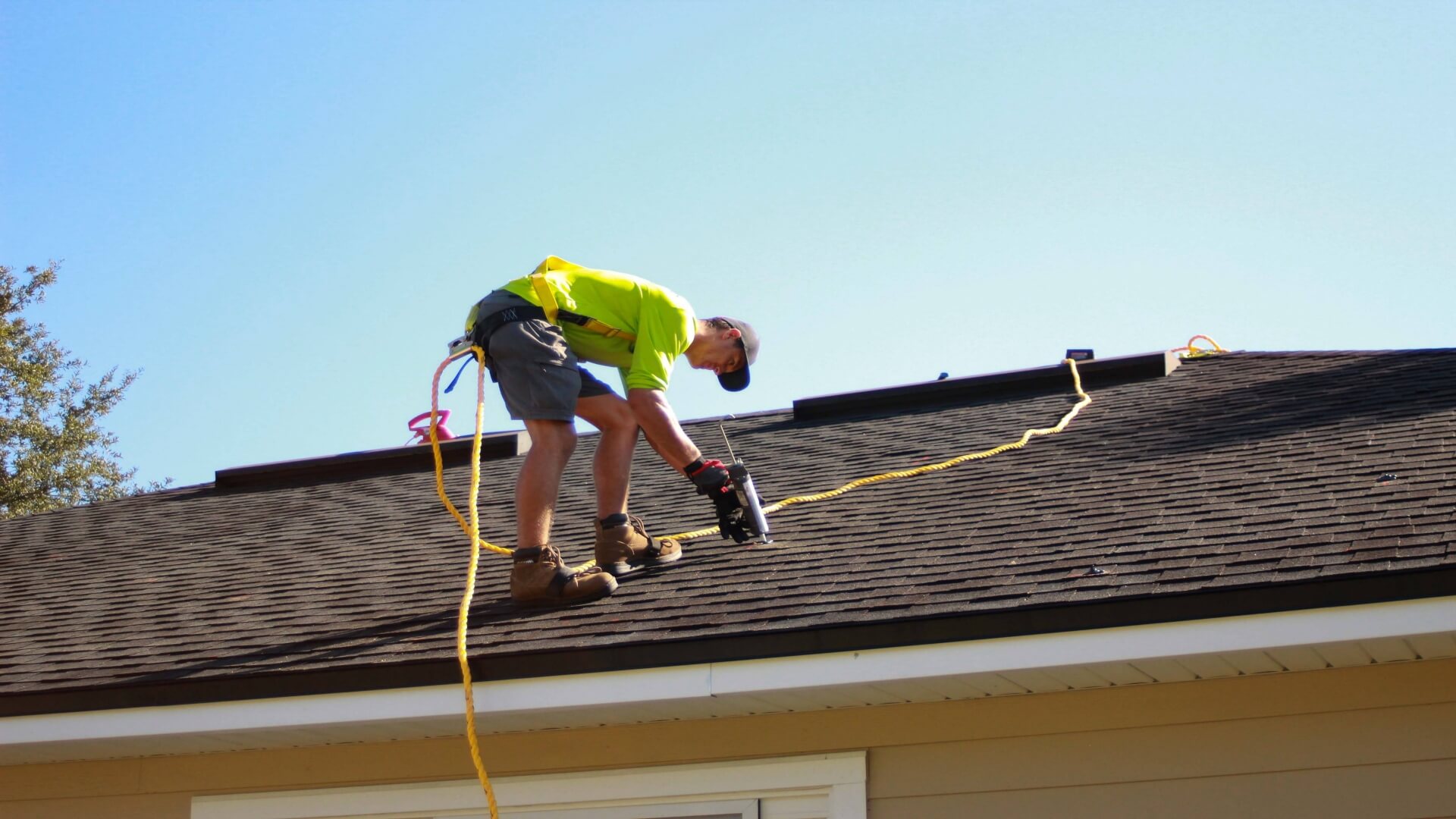If you own a home, the roof is undoubtedly one of its most important features. Your roof not only contributes to the aesthetics of your home, but it also provides protection from the elements and keeps your family safe and secure. A properly constructed roof protects your home from damage caused by heavy rain or snowfall, high winds, and extreme temperatures. For this reason, homeowners must understand how their roofs are constructed to ensure they get the best possible performance out of their investment.
1. Get to Know the Different Types of Roofs
As homeowners, it’s essential to understand the different types of roofs available and their respective benefits. The contractors at Dwight’s Roofing Services recommend that homeowners become familiar with the four basic types of roofs: gable, hip, shed, and flat. Gable roofs are the most common type and feature two sloping sides that meet at a ridge in the middle. Hip roofs have four sloping sides and typically provide more protection against strong winds. Shed roofs have only one slope and are often used on additions or extensions. Finally, flat roofs are the most economical type for commercial buildings.
2. The Pros and Cons of Different Roofing Materials
Before signing a contract, you must be sure you’re choosing the right roofing material for your home. The most common materials are asphalt shingle, metal, and tile, but each has unique benefits and drawbacks. Asphalt shingle is easily installed and less expensive than metal or tile, but it also has a shorter life expectancy when compared to metal and tile materials. Metal roofs may be more expensive than asphalt shingles in the short term, but their longevity and energy efficiency make them more cost-effective in the long run.
On the other hand, clay tile roofs boast durability and an attractive appearance, but they tend to be heavy and may require additional structural support during their installation. When deciding, consider factors like climate conditions in your area, weight limits of existing structures on your property, and even aesthetic preferences.
3. Installing a New Roof
Knowing the essential steps for a safe installation will ensure your project won’t come toppling in an unexpected storm. First, repairs to the existing roof surface must be made if needed, so it’s firm enough to handle the weight of new materials being installed. Next, you’ll want to ensure you have all of the safety equipment necessary for workers, like harnesses and ladders, as well as ensure there are no open points of entry or gaps around exhaust vents and other openings. You also need to ensure that any shingles or roof panels are adequately sealed without gaps that could let water in.
4. Repairing an Old Roof
Deciding whether to make minor repairs or replace an old roof can be difficult. The roof’s age, condition, and material all play a role in determining the best course of action. Generally speaking, if the roof is older than 20 years and has moderate-to-significant damage, replacing it is the most cost-effective solution for longevity and upkeep costs over time.
Typically, when 30%-50% of shingles are lifting or damaged, a complete repair and replacement job may be necessary. However, minor repairs can serve as quick solutions in the short term if you’re looking to extend the life of your roof before considering a full replacement.
5. Understanding Insulation Requirements
Properly insulating your home reduces energy costs and maximizes comfort levels in any season. Different materials and regions have different insulation requirements, but almost all roofs need some insulation. For instance, if you live in an area that experiences extreme cold and heat, it’s best to use a combination of materials like rigid insulation boards and spray foam for optimal insulation performance.
In addition to keeping your home comfortable, insulation helps protect against moisture damage and mould growth. Contact a qualified roofing contractor who can advise you on the best materials and techniques for your region and climate.
6. Maintenance Tips for a Long-Lasting Roof
Regular maintenance ensures that your roof will last as long as possible. First, inspect the condition of shingles or tiles regularly and take steps to address any loose pieces that could cause further damage down the line. Keeping trees and other debris away from the roof can prevent water damage and further deterioration.
You should also check for any clogged gutters or drains that could be causing water to back up onto your roof, leading to wood rot or mould growth over time. Finally, an annual visit by a qualified professional is recommended to check for any hidden issues that may not be immediately visible.
When it comes to roofing, there is a lot to consider. From choosing the right materials and installation techniques to ensuring proper insulation and maintenance, you must familiarize yourself with these considerations before beginning any project. Understanding your specific needs will help ensure that you get the most value from your investment in a new or existing roof.


































